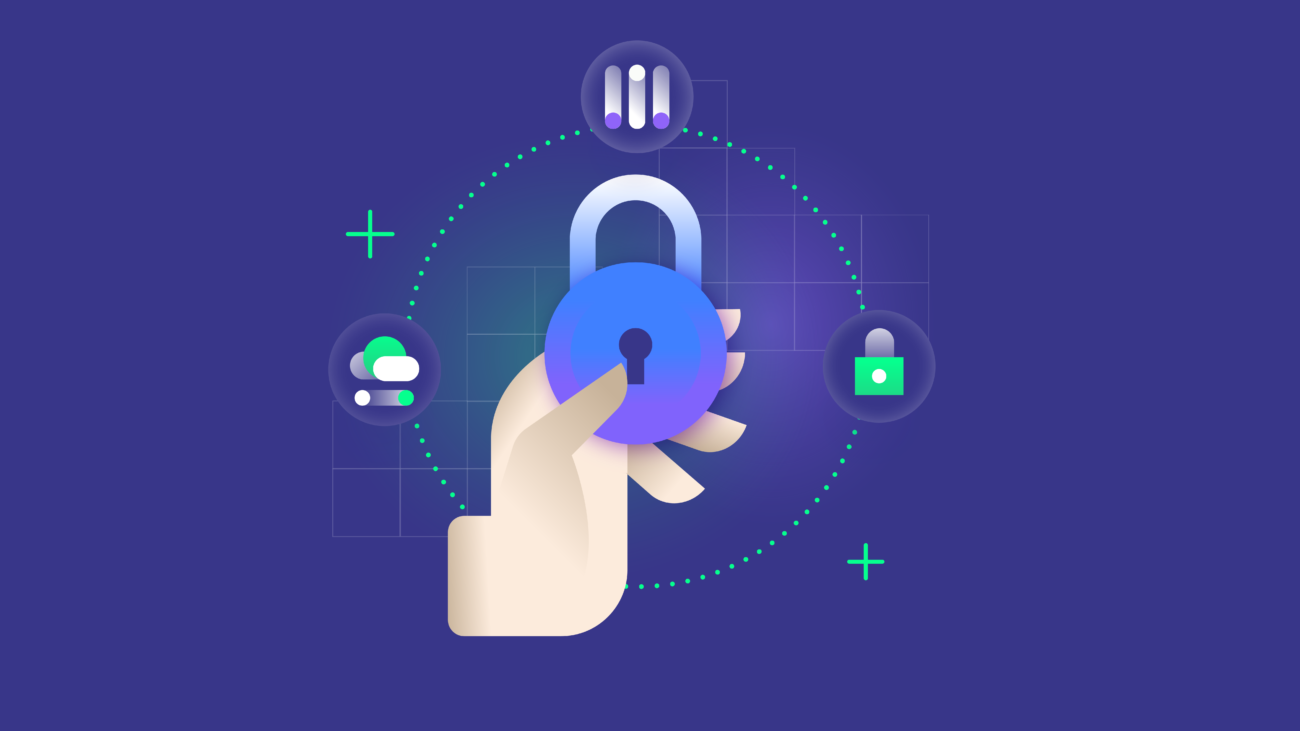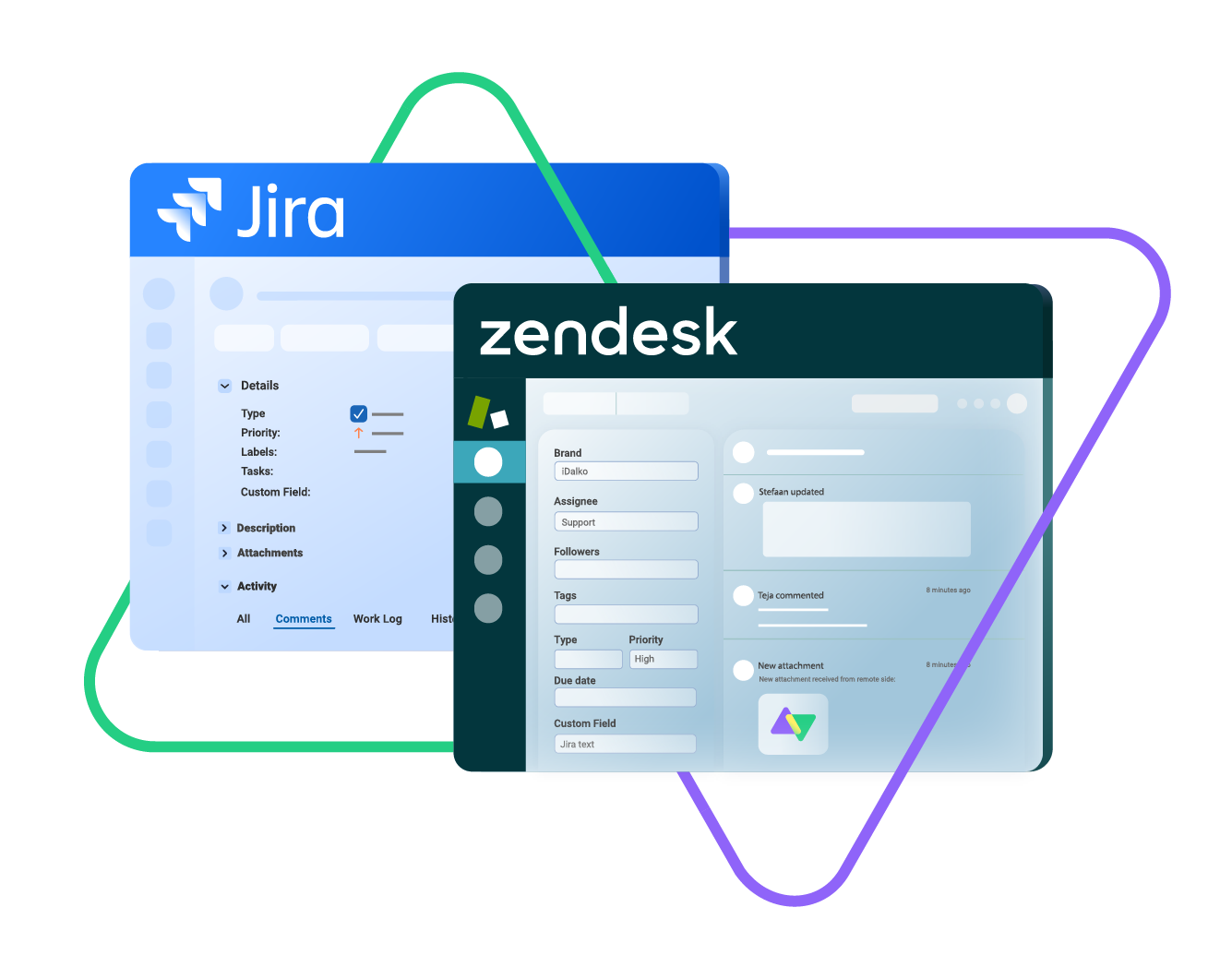Cybersecurity integration has never been this important, especially considering the nature of sophisticated cyber threats. Enterprises need robust protection against them.
Managed Security Service Providers (MSSPs) can be your vital allies in this ongoing battle, offering a comprehensive suite of security services to safeguard digital assets and mitigate risks effectively.
But how do they ensure their services continuously improve and remain top-class? Making integration an integral part of their service offering can help increase customer satisfaction and improve average resolution times.
This blog post discusses the importance of integration in the context of cybersecurity and how MSSPs can use integration solutions to gain a competitive advantage.
The Current Cybersecurity Landscape for MSSPs
Cybersecurity has become an ever-pressing concern for enterprises of all shapes, sectors, and sizes.
From breaching your private data to holding you up to ransomware demands, cyber-attacks are getting bigger and better. Additionally, cyber threats and risks are multi-faceted and ever-present, especially considering the complex nature of the current IT systems.
Considering this outlook, Managed Security Service Providers (MSSPs) can prove to be useful business allies to safeguard your digital assets and mitigate cybersecurity threats effectively.
MSSPs offer a comprehensive suite of security services, ranging from threat detection and incident response to vulnerability management and compliance assistance.
MSSPs also use advanced technologies like AI, ML, and threat intel to spot suspicious activities and possible breaches quickly. They also provide 24/7 monitoring and expert advice, helping clients follow GDPR and HIPAA compliances. Their role is crucial in keeping digital assets secure and protecting organizations globally as cyber risks grow.

What is Cybersecurity Integration for MSSPs?
Organizations planning to adopt digital transformation & innovation often see security and compliance as a slowing-down effect for their quick ambitions. Hence, it’s a good idea for such organizations to offload security hassles to experts like MSSPs.
However, within their range of responsibilities, MSSPs often see organizations using various point security solutions or siloed applications, disconnected from one another.
To help MSSPs do their jobs better, it’s important to first understand the concept of cybersecurity integration.
Cybersecurity integration is the process of incorporating various security tools, techniques, and practices into the services offered by MSSPs. This integration aims to create a cohesive and comprehensive security solution tailored to the needs of each of their clients.
Key aspects of cybersecurity integration for MSSPs include:
- Technology integration: MSSPs integrate a range of cybersecurity technologies like firewalls, endpoint protection, intrusion detection systems (IDS), security information and event management (SIEM) solutions, and encryption tools. This also includes integrating physical and logical entities, e.g. IoTs, smart homes, medical devices, etc.
- Threat intelligence integration: MSSPs leverage threat intelligence feeds from various sources to stay updated on the latest cybersecurity threats and trends. By integrating threat intelligence into their services, they can proactively identify and mitigate potential security risks before they escalate into full-blown incidents.
- Compliance integration: MSSPs help clients achieve and maintain compliance with relevant industry regulations and standards such as GDPR, HIPAA, PCI DSS, and others.
- Incident response integration: MSSPs develop and implement incident response plans to address cybersecurity incidents effectively. This integration involves establishing clear protocols for detecting, assessing, and responding to security incidents promptly to minimize the impact on client operations.
To do what they do best, i.e. keeping your security and privacy interests at the forefront, MSSPs need something extra.
Why do MSSPs Need Integration?
As we just discussed, MSSPs take care of your organization’s entire security architecture. Of course, to do so they have their own systems in place.
For instance, an MSSP has its own incident management and response team that tracks all customer incidents in ServiceNow. It raises these security incidents with the customer’s IT or security team via emails, messengers, or tickets.
Good enough? Some might say, it works pretty well.
But with speed becoming the need of the day, we would expect this entire process to be handled automatically and in real-time with due attention given to critical incidents.
Now imagine this.
The MSSP customer’s IT team might be using another tool like Jira or Azure DevOps. When the MSSP detects a critical incident, it is automatically raised in the customer’s Jira with a ‘Blocker’ priority. The IT team immediately starts working with the MSSP and comments, attachments, and other information is shared back and forth, in real-time. The entire incident management process is automated end-to-end, elevating service levels and efficiencies.
Picture the other side. The customer raises an urgent security incident within its own application. The MSSP instantly receives a notification on their service desk in order to initiate a rapid response game plan. Efficiency at its best!
MSSPs need integration to make such an automated workflow possible, where critical data is exchanged instantly and accurately.

The Importance of Integration in the Context of Cybersecurity
An integration implemented in the context of cybersecurity can help MSSPs smoothen their daily operations. It will also eliminate any silos, reduce complexities and manual dependencies.
If cybersecurity integration is implemented in such a way, it can automate routine but critical tasks, optimize workflows, and improve overall operational efficiency. It will also allow the MSSPs to deliver high-quality security services more and cost-effectively.
Having the right processes, people, and solutions in place, especially when it comes to cybersecurity integration is important.
We’ll discuss one such solution called Exalate bridging the gaps in the MSSP space and bringing solace to their services.
Exalate: a Secure Integration Solution for MSSPs
Exalate is a secure bidirectional integration solution specially designed for MSPs and MSSPs.
It provides real-time, automatic advanced synchronization between various applications like Jira, ServiceNow, Salesforce, Azure DevOps, Zendesk, GitHub, etc.
In addition to this, you can outsource your entire integration to Exalate to handle all the complexities associated with integrating, managing, and monitoring multiple systems.
How MSSPs Use Exalate as Their Competitive Advantage
There are a couple of unique approaches MSSPs can take while using Exalate to their competitive advantage.
Integration as a Service
While delivering security services to customers, if MSSPs include integrations as a part of their service, it can elevate customer trust and satisfaction.
So, if the MSSP uses ServiceNow and the customer uses JSM (Jira Service Management), a pre-built ServiceNow JSM integration as a part of the MSSP service offering can be a wholesome service package, fostering stronger customer onboarding and a way forward for future endeavors.
For customers, it would be a cherry on the top anyway!
Decentralized Integration Set-Up
Exalate is a fully decentralized integration solution. Essentially, it means each MSSP customer will have its own integration environment independent of other customers. This is useful in a cross-company setup where security and data privacy are important.
There’s a dedicated link between the MSSP and the specific customer. Such a sandbox environment for customers also means they control what’s sent out of their system and what comes into their system without the fear of an alien system getting unwarranted access to their data. This setting is also important for a cybersecurity integration scenario.
Scalability and Flexibility
By providing flexible integrations that evolve with changing customer needs, MSSPs can elevate operational efficiencies and customer experience.
Customizations can also be customer-specific, meaning every integration is tweaked to individual customer needs.
At Exalate, we have seen some MSSPs deploy custom integration templates that hold configurations for each customer separately. These templates are then offered to customers as a part of the cybersecurity integration service.
Exalate makes this kind of flexibility possible with its Groovy-based script mode that allows you to implement any integration scenario with minimal hassles.
In addition to that, Exalate also provides an AI-powered script generation feature called AI Assist to reduce the hassle of writing scripts from scratch.
Scalability for cybersecurity integration-based services is also paramount.
Let’s consider the MSSP example we just discussed. Once an integration template for a customer is ready, it can be easily reused and scaled to other customers.
With Exalate, it is also easier to deploy integrations to newer applications and scale the integration network.
Imagine a hub-and-spoke kind of integration model, where the MSSP system works as a hub and the different customer systems are spokes. This inherent design feature acts as a catalyst for scaling integrations.
Public-Private Connectivity
Often, for security reasons, customer systems might be behind firewalls or VPNs.
It’s necessary for the MSSPs to reach their customers and establish a public-private connection, where the MSSP instance is public and the customer instance is private.
Such a setup would ensure the private instance will poll the public instance for any new updates or security vulnerabilities, without exposing its entire infrastructure.
Exalate’s strength lies in its ability to allow you to establish two-way communication between instances over a one-way (private) network. This is particularly useful for cybersecurity integration, where network restrictions may hinder direct communication.
Reliability
Despite best efforts, unfortunately, downtimes and system failures are a reality.
In the cybersecurity world, such downtimes need to be managed before they spiral out of control.
Since, many times, financial penalties are incurred for external incidents not handled within SLAs, it’s important to ensure MSSPs choose a robust and reliable tool.

Also, the impact of downtimes on the end customers is critical; even a few hours of delay is not acceptable. So, there’s a need for real-time synchronization at all costs!
Exalate:
- has an integrated retry mechanism that allows the systems to automatically restore synchronization from the point of failure.
- supports autonomous synchronization queues that help to restart lost sync in the same order of initiation
- provides real-time synchronization capabilities.
To find out everything worth knowing about how Exalate handles security, you can check out the Trust Center. Here, you can find information about security certifications, third-party pentesting reports, and much more.
As we just saw, there are a lot of ways MSSPs can use Exalate as their competitive advantage.
Use Cases for Cybersecurity Integration
How an MSSP Enhanced Its Cybersecurity Operations by Automating the Ticket Escalation Process
Quorum Cyber, an MSSP, uses Exalate to provide customers with information about security events within their ITSM systems and to power their customers’ service desk integration with their Managed Detection and Response service.
In practice, this means the MSSP integrates a number of issue types like incidents, health monitoring, vulnerabilities, custom requests, and so on. These issues are automatically sent to the end customer based on predefined criteria.
Another benefit of using Exalate is the ability to customize the integration to make it work slightly differently per customer, including manipulating the data, when needed.
With Exalate’s managed integration services, Quorum Cyber and its customers do not require their own resources to deal with, build, configure, and maintain the integration, allowing them to focus on tasks that matter the most.
Not only can Quorum Cyber configure its integration with its external customers, but it also successfully connects and collaborates with internal teams. Such a blend of intra-company and cross-company integration allows them to focus on and enhance their cybersecurity integration strategies.
How a Cybersecurity MSP Uses Deep Ticket Integration as a Competitive Advantage
NVISO, a prominent cybersecurity MSP, uses Exalate to synchronize tickets for their clients, bridging the gap between NVISO’s Jira with clients’ ServiceNow systems.
This Jira ServiceNow integration empowers NVISO’s customers to receive security incident updates and manage responses within their own familiar ITSM environments.
NVISO’s integration spans incidents, vulnerabilities, and custom requests, tailoring workflows to individual client needs.
Exalate’s decentralized, flexible model preserves data security and regulatory compliance, crucial for sensitive client data in the EU.
This setup also simplifies NVISO’s network expansion as new clients readily join NVISO’s Exalate-powered ecosystem.
NVISO has increased its operational efficiency, supporting both scalability and continuous customer engagement across diverse IT infrastructures by adopting Exalate.
NVISO’s competitive advantage holds its ground via an integrated security workflow and enhances resilience and partnership in cybersecurity.
The future of cybersecurity integration is bright and evolving. However, due caution must be taken to ensure your cybersecurity planning aligns with and is prepared for newer technologies and vulnerabilities.
The Role of AI in Cybersecurity Integration
AI will play a crucial role in increasing the rise in cybercrime, aiding in both access and the creation of advanced malware. Companies are increasingly falling prey to distinct hacker groups, leading to a surge in cyber threats.
So, it’s important to be aware of and prepared for these imminent threats well in advance.
AI plays an important role in shaping integration solutions like Exalate. AI-assisted integrations help users get faster and more precise integrations without manual intervention. However, in the same breath, companies need to be wary of the potential unknown effects of AI-based outcomes.
Conclusion
As cyber threats mature and evolve, the role of cybersecurity integration for MSSPs becomes even more vital.
Solutions like Exalate offer not just synchronization between applications, but a strategic advantage for MSSPs to deliver high-quality security services efficiently.
With the right integration strategies in place, MSSPs can enhance their capabilities, streamline operations, and stay one step ahead of cyber threats, ensuring a safer digital environment for organizations worldwide.
To find out more about these services, get in touch with one of our integration experts.
Recommended Reading:
- MSP Integration: Why It Matters for Your Business
- Jira ServiceNow Integration: How to Connect Jira and ServiceNow in 6 Steps
- ITSM Integration: Simplify Your IT Services Like Never Before
- Exploring the Working Principles of Service Desk Integration
- Integration as a Service (IaaS): Everything Explained
- Integration Security: Safeguarding Your Data in Connected Systems










